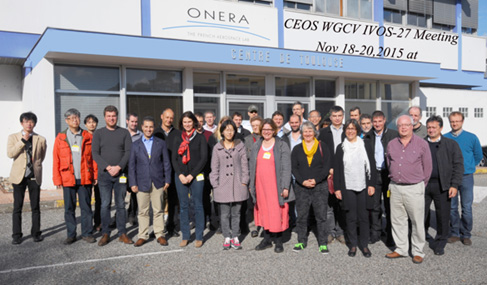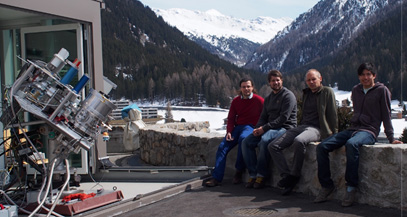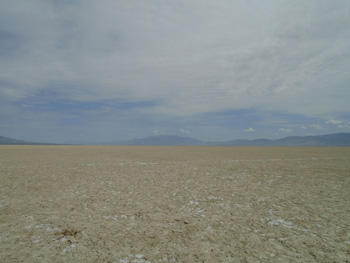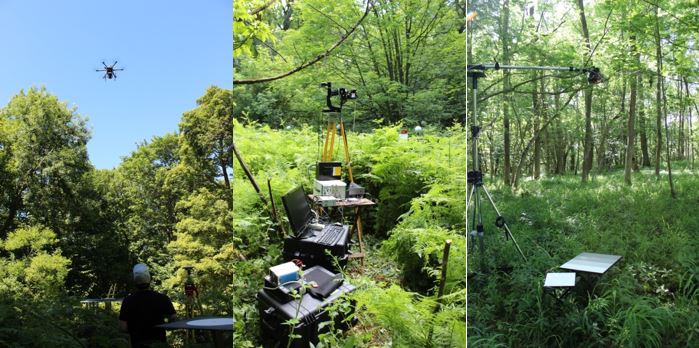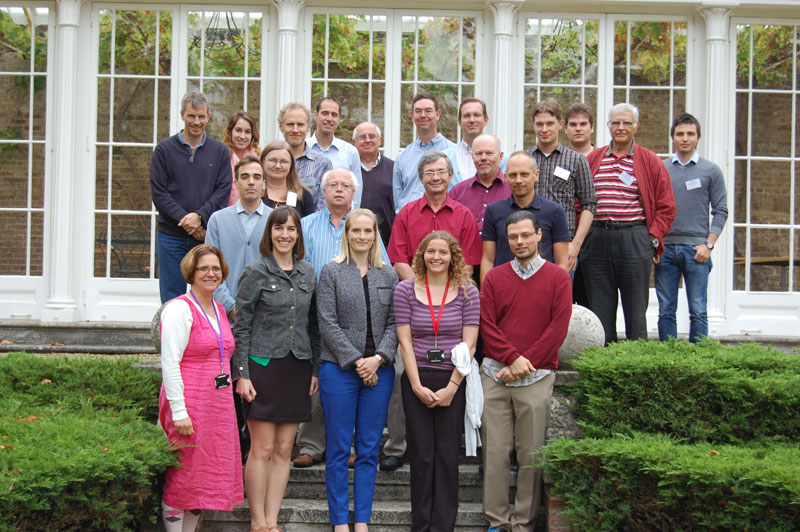NPL gives the public a new perspective on Earth and climate change
The National Physical Laboratory (NPL) attended Cheltenham Science Festival and demonstrated how satellites can be used to observe the Earth’s surface. As one of the UK’s most prestigious and popular science festivals, the event was an ideal setting to explain the work of NPL, and to give the public the opportunity to see the Earth from a new perspective. An annual celebration of science Each summer, Cheltenham Science Festival holds six days of talks, practical demonstrations, debates and experiments. Speakers this year included Richard Dawkins, Alice Roberts and Jim al Khalili; and visiting institutions included the BBC and GCHQ, alongside NPL. Volunteers from NPL manned a stand at the Festival to demonstrate satellite Earth observation and spectroscopy to members of the public. A …
NPL gives the public a new perspective on Earth and climate change Read more »

